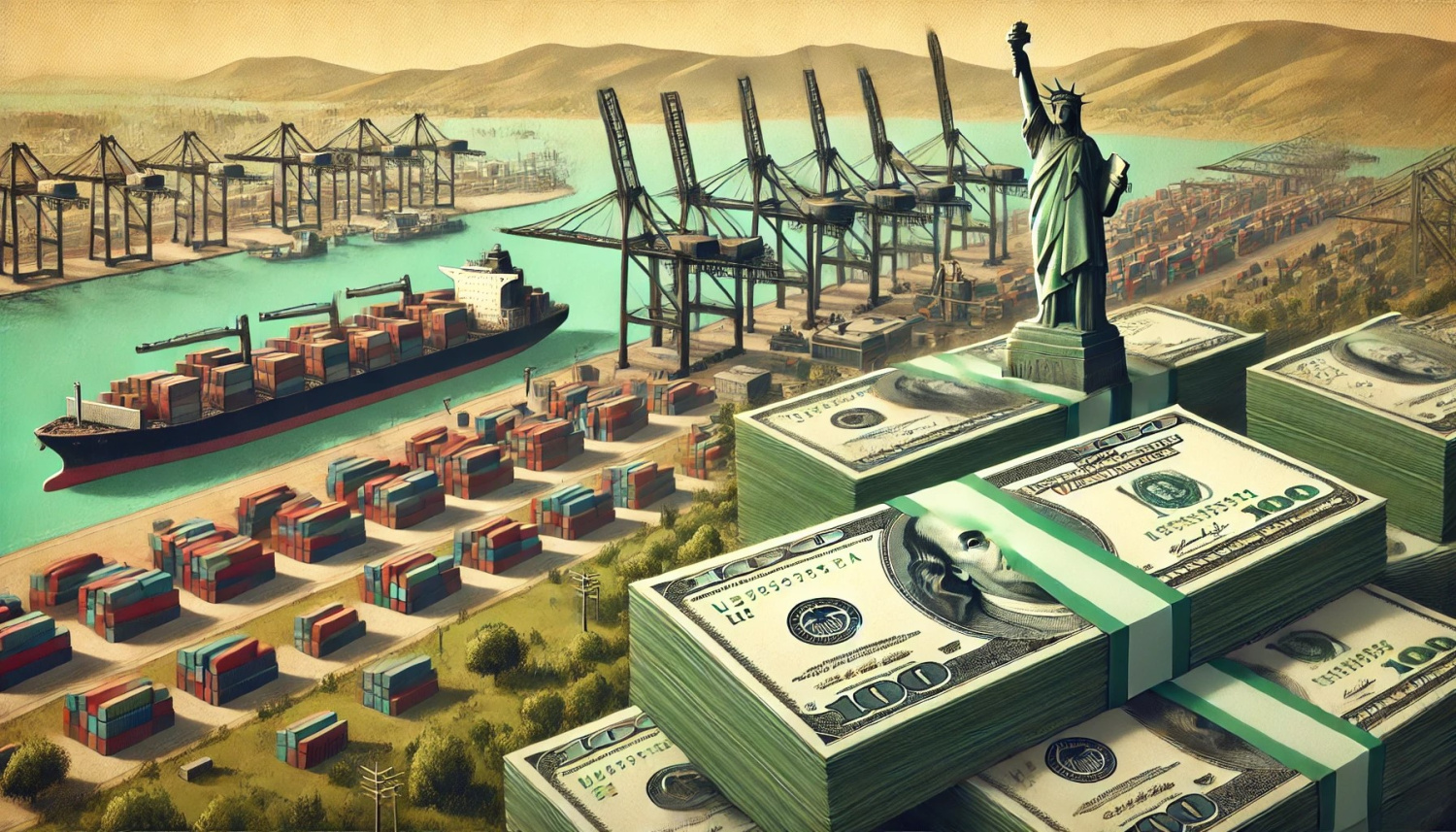
(Photo : Dockworker Strike)
Dockworker Strike
- The US is experiencing its largest dockworker strike in decades, causing major port congestion.
- The strike was initiated by the International Longshoremen's Association (ILA) due to a breakdown in contract negotiations.
- The strike's impact could lead to shortages of goods and increased costs, potentially affecting the economy.
- The situation remains fluid, with potential for further escalation or resolution depending on the actions of key stakeholders.
The United States is currently in the throes of the largest dockworker strike in nearly half a century. The International Longshoremen's Association (ILA), representing 45,000 port workers from Maine to Texas, has initiated a significant stoppage. This strike, the first of its magnitude since 1977, has resulted in long lines of container ships queuing up outside major U.S. ports, threatening shortages of everything from bananas to auto parts.
The strike was triggered by a breakdown in negotiations for a new six-year contract between the ILA and the United States Maritime Alliance (USMX), the employer group representing the port owners and shipping companies. The ILA is seeking a significant pay raise and commitments to halt port automation projects, which the union believes will lead to job losses. The USMX had offered a 50% pay increase, but the ILA considers this insufficient.
As the strike entered its third day, at least 45 container vessels that had been unable to unload had anchored up outside the strike-stricken East Coast and Gulf Coast ports. This was a significant increase from just three before the strike began. Many vessels seem to have decided to wait it out, possibly in hopes of a prompt resolution to the strike action.
The Impact and Possible Alternatives
The vessel backlog could double by the end of the week, and the resulting congestion could take weeks, if not months, to clear. One alternative would be to sail to West Coast ports on the other side of the country, likely using the Panama Canal, a journey of thousands of miles that would hike costs and add weeks to delivery times.
The Biden administration has sided with the union, urging the port employers to raise their offer to secure a deal and citing the shipping industry's bumper profits since the COVID-19 pandemic. Economists say the port closures will not initially raise consumer prices as companies accelerated shipments in recent months for key goods. However, a prolonged stoppage will eventually filter through, with food prices likely to react first.
The strike affects 36 ports - including New York, Baltimore, and Houston - that handle a range of containerized goods. The National Retail Federation, along with 272 other trade associations, called on Biden's administration to use its federal authority to halt the strike, saying the walkout could have devastating consequences for the economy. However, Biden's administration has repeatedly said it will not use federal powers to halt the strike.
The Larger Picture and Potential Consequences
The labor dispute puts a pause on billions of dollars worth of daily trade and threatens to cause significant damage to an economy that has been beset by stubbornly persistent inflation. It also comes at a critical time when authorities are in need of supplies and goods to deliver in hopes of helping parts of the Southeast recover from the devastating effects of Hurricane Helene.
The strike has also sparked fears of shortages and higher prices. A JPMorgan analysis projected that a strike could cost the U.S. economy $5 billion daily. It could also stoke shipping cost increases that may be passed on to voters already frustrated with housing and food inflation, according to logistics experts.
The U.S. president has the authority to suspend a dockworkers strike under the Taft-Hartley Act, anti-union legislation passed in 1947. However, some experts believe the president won't want to do that again ahead of the November election, for fear of hurting Democratic turnout.









